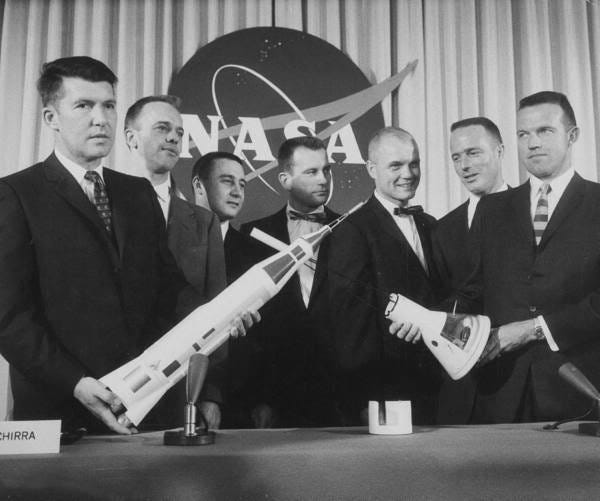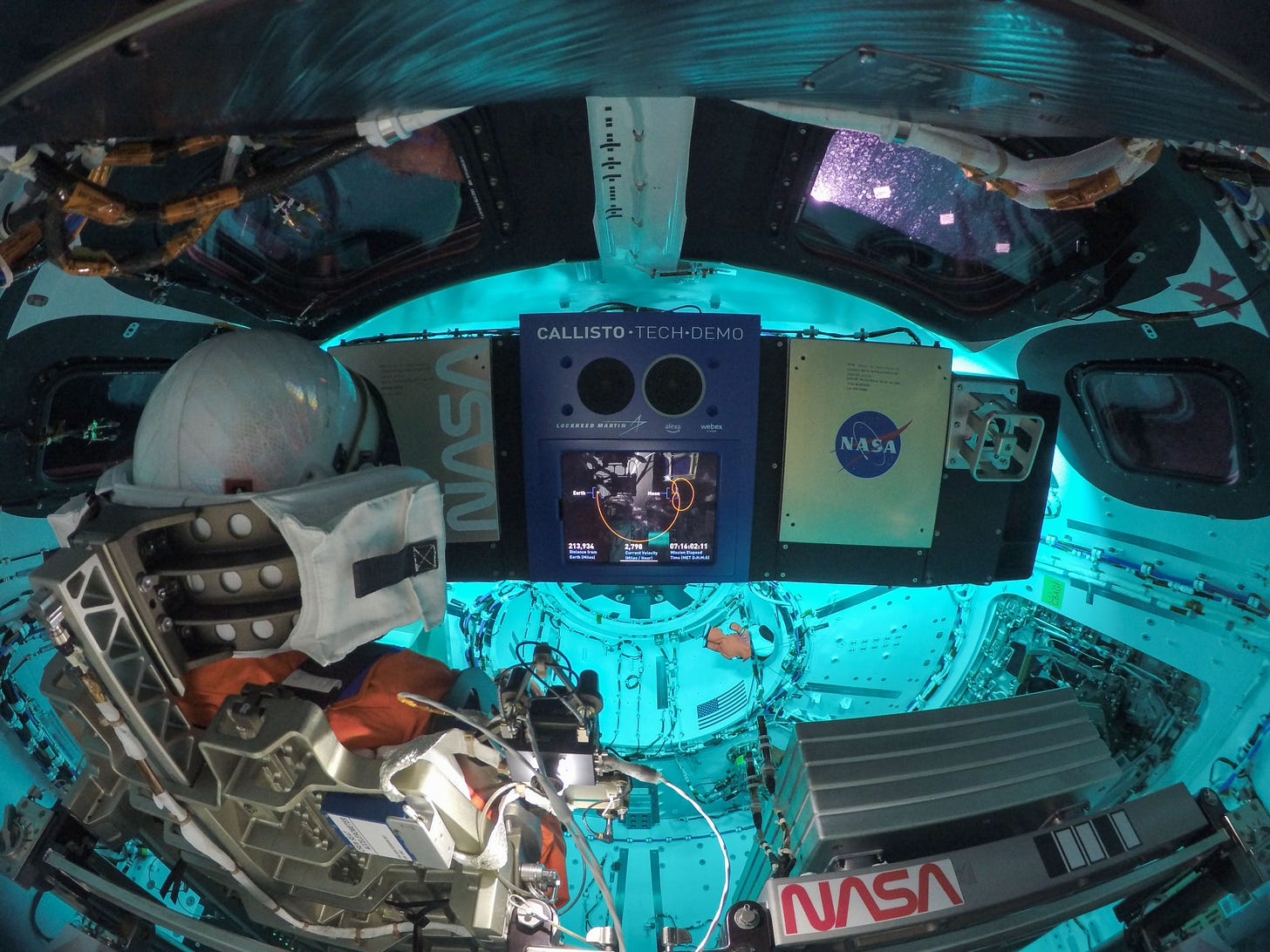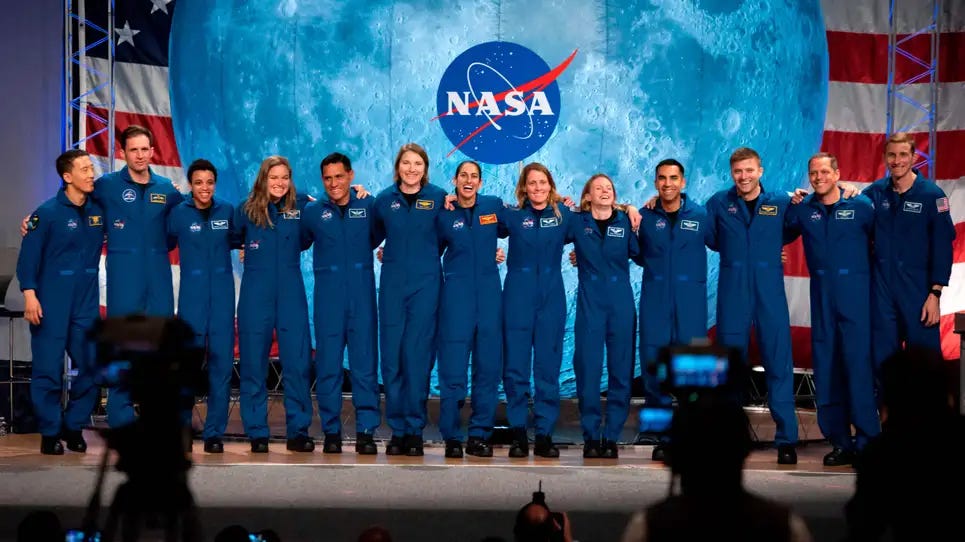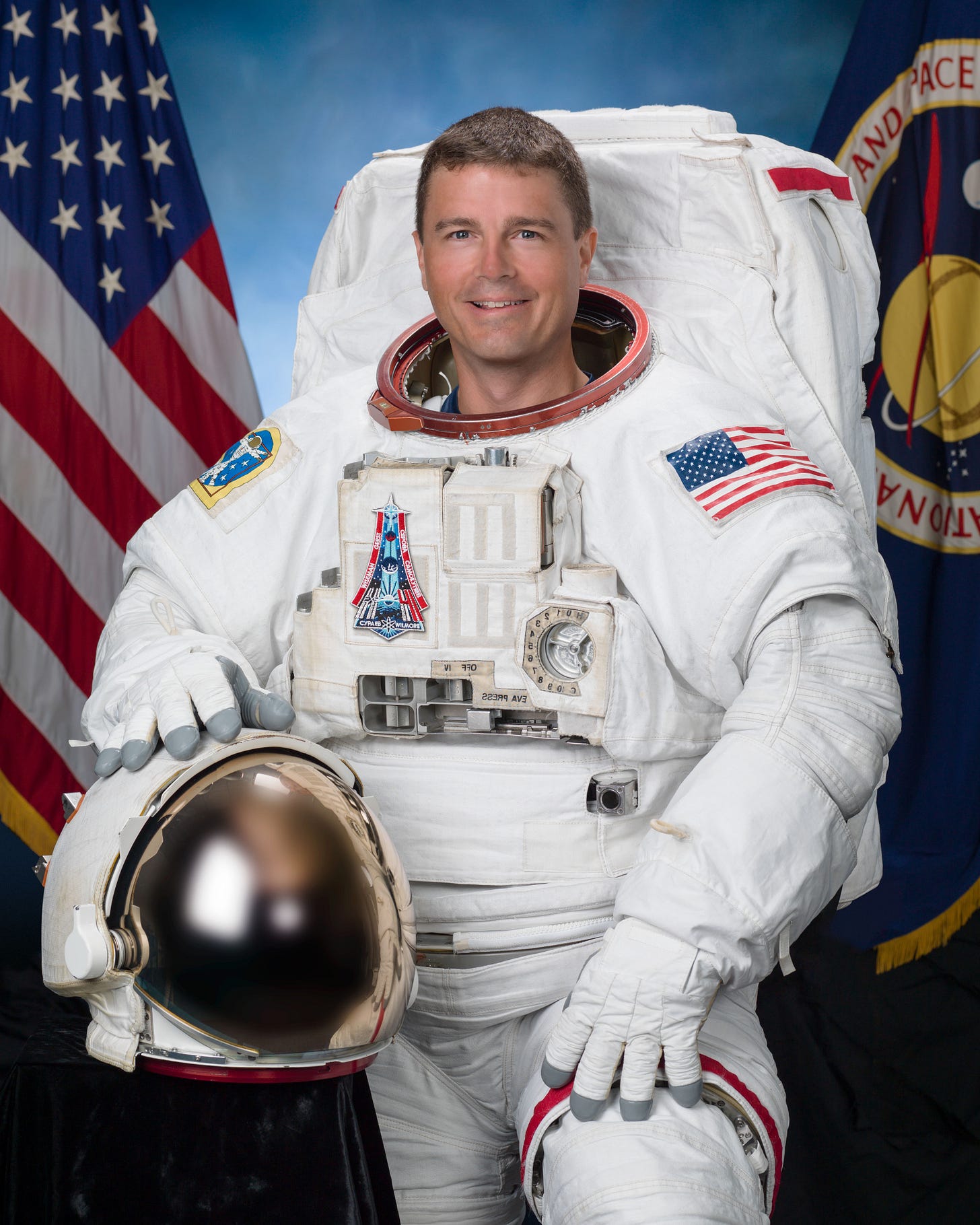The first crew to fly a new spacecraft is a big deal- the first crew to go back to the Moon is an even bigger deal. On Monday, April 3 we will learn who NASA plans to send to orbit the Moon as part of the Artemis 2 crew. It is a closely guarded secret. The flight is currently set for the end of 2024.
We have seen striking scenes of astronaut selections in the past. The reveal of the Mercury 7, the first US astronauts, or when Neil Armstrong, Buzz Aldrin, and Michael Collins were selected for the first Moon landing.

Here is what we know and what we can expect when NASA unveils the astronauts who will be the first Artemis and ride the new Orion spacecraft. It will be a crew of four- three Americans and one Canadian. None of them will land on the Moon. This first manned mission will test out the vehicle and orbit the area of the Moon’s south pole, where NASA plans to land Artemis 3 with two astronauts.
So who will be the four humans to visit the Moon for the first time since 1972 and the end of the Apollo 17 mission? NASA named 18 astronauts as part of the Artemis Team in 2020, but the former chief of the Astronaut office later said every active astronaut would be eligible to fly Artemis.
There are currently 41 active astronauts at NASA, though some are not likely to be selected. The new chief of the Astronaut Office, Joe Acaba, can’t be part of the crew. That’s a NASA rule. It seems unlikely the three astronauts currently on the International Space Station (ISS) will be selected. That leaves 37 active American astronauts along with four Canadians.
While the selection for this crew is next up, NASA executives are also thinking ahead to whom will be on the Artemis 3 crew. Who will be, as NASA says, the first woman and the first person of color to walk on the Moon for the United States?
Artemis 2 is a shakeout flight that will test its systems and livability. It’s expected to last about 10 days with the slingshot around the Moon. NASA is always concerned about its astronauts exposure to radiation. It’s unclear if some of the long-duration astronauts would be more or less likely to be assigned this flight. The two astronauts training for the again delayed Boeing Starliner test flight might not get the nod for Artemis. There are a few astronauts who are getting close to retirement age, but would undoubtedly like another flight. The list narrows.
While every astronaut is capable and qualified, here are some names that could be called for Artemis 2.
-Reid Wiseman- the former head of the astronaut office who made the declaration that every active astronaut would be eligible to fly Artemis. Wiseman was a Naval aviator who helped enforce the no-fly zone over Iraq in the late 1990s. He became a Navy test pilot before joining NASA. Wiseman spent 165 days on the ISS in 2014 as part of Expedition 40/41. Wiseman may have left the top astronaut office job so he could be considered for Artemis 2.
-Stephanie Wilson- Wilson is one of the senior members of the Artemis Team. She is an engineer who worked on rockets and attitude control systems. She was a crew member of three space shuttle flights to the ISS in 2006, 2007, and 2010.
-A Rookie- NASA likes to have at least one rookie on missions like this. A number of astronauts who are part of the 2017 class have not flown. Two are members of the Artemis Team. Mathew Dominick, like Wiseman, is a Naval aviator and former test pilot who has a Masters in Engineering and minored in Physics in undergrad. Jasmin Moghbeli was a US Marine helicopter pilot and graduated from the Naval Test Pilot School before she joined NASA. She has a Masters in Aerospace Engineering.

Several recent veterans could also be tapped. Anne McLain (her voice was used in a promotional video for Artemis 2 crew selection), Jessica Meir, Kate Rubins, and others are likely to fly in the first few Artemis missions.
There is a chance none of the names mentioned will be selected, but we will know the first crew in a matter of hours. Then the training begins.









Sky is purple.
Ocean is black.
Sun is White?
One cannot simply land on a plasma ball of a reflection.